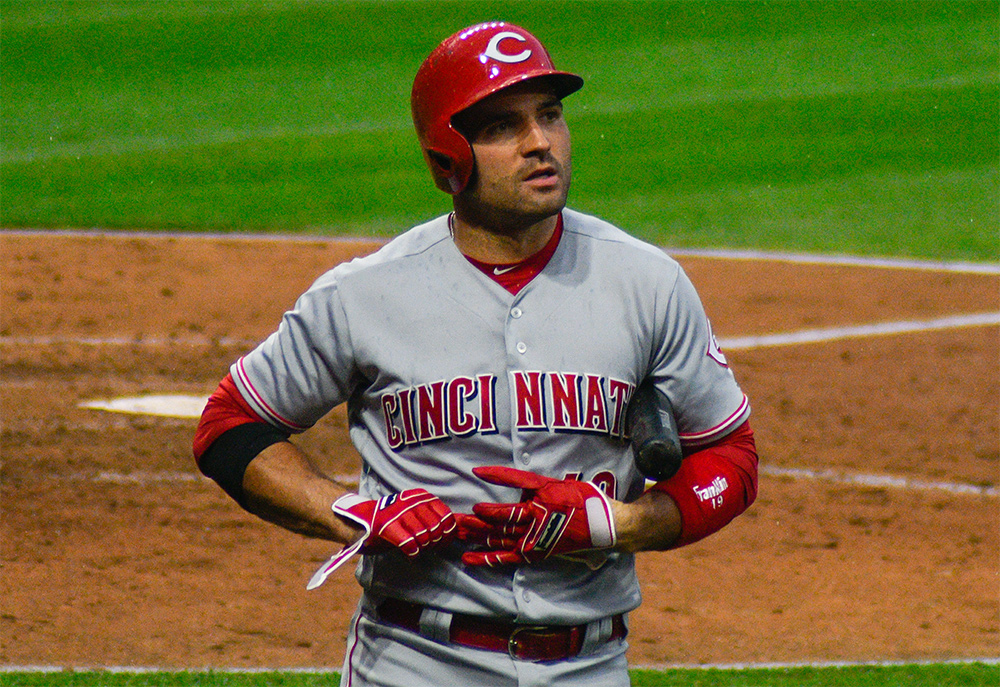Patrick Corbin, Reliever
In Game 1 of the World Series, the Nationals found themselves with an interesting decision. They were up three runs on the Astros, but Max Scherzer had labored mightily to hold Houston to two runs. After five innings, he’d thrown 112 pitches. He wouldn’t be heading back out for the sixth.
The Nationals don’t really trust their bullpen. Sure, they could get innings from Sean Doolittle and Daniel Hudson, but they had four innings to cover. Tanner Rainey? Break glass in case of emergency only, and that still leaves an inning. Here is a list of all the relievers the Nationals had used this postseason (as of Game 1) who aren’t Rainey, Doolittle, or Hudson:
| Player | IP | Reg Season ERA | Reg Season FIP |
|---|---|---|---|
| Fernando Rodney | 2.2 | 5.66 | 4.28 |
| Hunter Strickland | 2 | 5.55 | 6.3 |
| Wander Suero | 0.1 | 4.54 | 3.07 |
Yeesh. Strickland wasn’t on the World Series roster, Suero only made the NLCS roster as a replacement during Daniel Hudson’s paternity leave, and Fernando Rodney — well, we all know the Fernando Rodney Experience. Rainey is no great shakes, either — he was fine this season but uninspiring. Javy Guerra would later pitch an inning in Game 2, but the cupboard was pretty bare.
But Dave Martinez had an answer. Patrick Corbin stepped to the mound to start the sixth. He did his job admirably, striking out two Astros on his way to a scoreless inning, the only blemish a single to Yordan Alvarez. And then he was gone, replaced by Rainey.
Rainey wasn’t good (his four batters: homer, strikeout, walk, walk), but Hudson and Doolittle held on, recording four outs each as the Nationals won 5-4. Martinez squeezed just enough out of the bullpen to make it through the game. Corbin’s inning loomed large: the final margin was one run, and while it’s not automatic that a lesser pitcher would have given up a run in his place, his inning was important. Read the rest of this entry »


